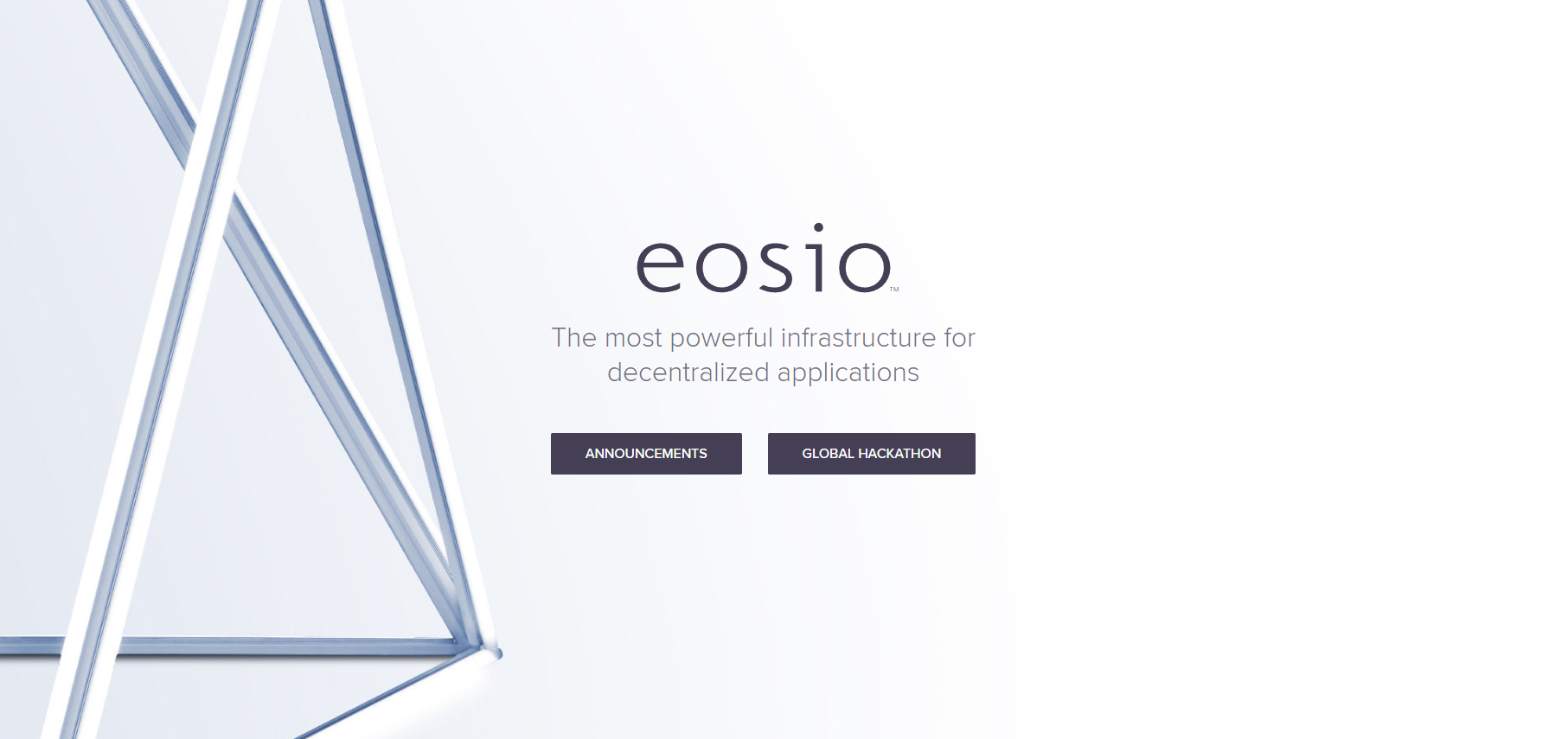What is EOS?
EOS (EOS) is a decentralized, blockchain-based platform featuring decentralized applications like smart contracts. EOS attempts to improve Ethereums existing concept by offering more scalability and usability. The platform can reach up to 10,000 transactions per second and supports multiple programming languages for decentralized apps.
Please enter CoinGecko Free Api Key to get this plugin works.
Block.one is the company behind EOS. They began offering tokens for the EOS platform in June 2017, raising over $4 billion. Furthermore, Daniel Larimer is CTO (chief technology officer) of block.one. Larimer is already well-known in the crypto community for building Bitshares, a decentralized exchange and Steemit, a decentralized social media platform. EOS claims to eventually allow for industrial-scale applications through the elimination of transaction fees and the ability to support millions of transactions per second.
How does EOS work?
EOS uses delegated proof of stake (DPOS) consensus mechanism. Unlike with proof of stake, not every token holder can confirm transactions. However, every holder can vote delegates and witnesses. The voting power is determined by how many tokens the voter holds.
Witnesses are block producers. They confirm transactions and put them into a block. At the end of each voting round, the 20 most voted witnesses are elected as block producers. An important difference to proof of stake is that every stakeholder can be elected as block producer. Every round 20 witnesses are producing blocks until the next 20 producers are being voted. Furthermore, block producers receive a reward. If they do not produce a block, the reward is transferred to the next witness. Stakeholders can also remove malicious or bad block producers which is a very important security feature.
Delegates oversee the governance and performance of the blockchain. However, they do not produce blocks like witnesses. Delegates can, for example, propose changes in the protocol of a blockchain. Then the stakeholders can vote for or against the proposed changes.
EOS vs Ethereum
On paper, EOS is a faster and more scalable version of Ethereum. It offers more scalability and performance. EOS offers up to 9000 transactions more per second than Ethereum. However, EOS is still a fairly new cryptocurrency compared to Ethereum which is running since 2015. EOS uses delegated proof of stake, which is a consensus mechanism that is less power consuming and more scalable. Ethereum still uses proof of work even though there are plans to switch to proof of stake.
But scalability comes with a cost. Delegated proof of stake allows for more scalability and speed but it is not fully decentralized. Many blockchain experts claim that DPOS is too centralized because there is a limited amount of block producers. Users with huge amounts of EOS can simply vote for block producers that work in their favour.
EOS also claims to have no transactions fees. Ethereum, on the other hand, has transactions fees which fluctuate depending on traffic. However, EOS still has to pay block producers to validate transactions. The coins that are used to pay block producers lead to a yearly inflation rate of 5%.
Main-net Launch
EOS is a relatively new cryptocurrency. Until June 2017, EOS was just part of the Ethereum blockchain as an ERC-20 token. Every holder of EOS had to transfer their coins from the Ethereum blockchain to the EOS blockchain so that they were still valid. However, the EOS main-net went live on the 14th of June 2017 after initial launch problems. At first, there were not enough votes for block producers to be elected. This means that transactions could not be validated. On June 16th all transactions on the EOS network were frozen after a problem occurred. The main net went live after a couple of hours however.
How to buy EOS
You can buy EOS directly over changelly. You can also buy Bitcoin first over any exchange like Coinbase and then change it to EOS on Binance.

